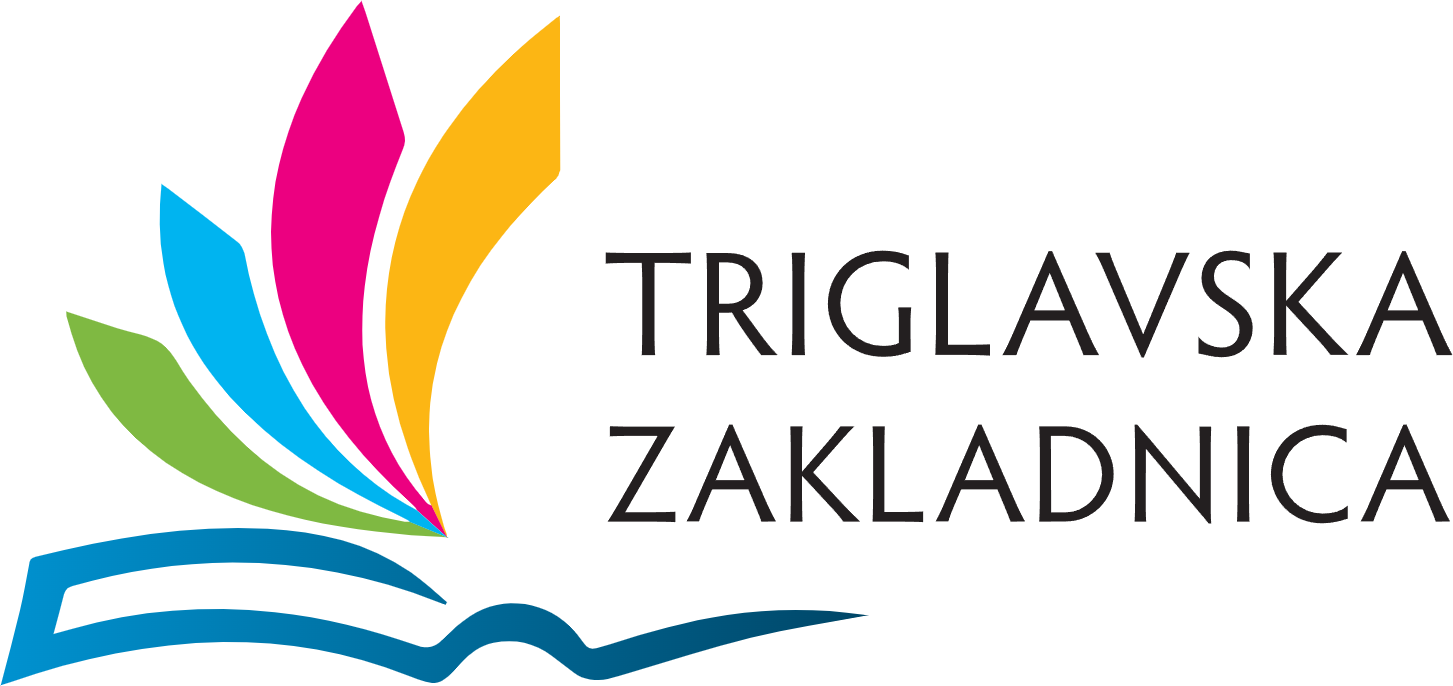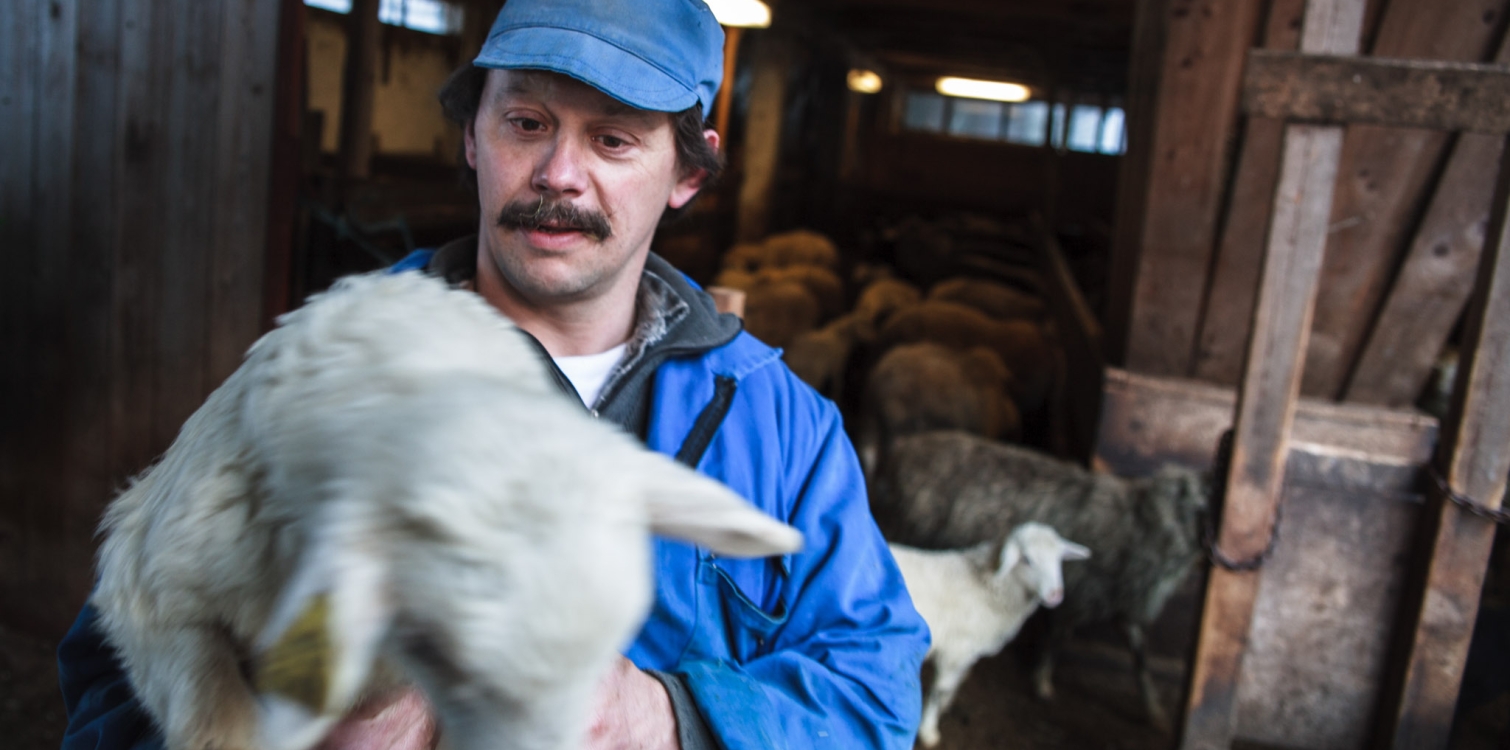The Bovška sheep originates from the original white sheep that was once widespread in the Alpine world. It is believed that it has been created through the crossbreeding of milk-producing sheep and sheep bred for wool. To this day, the breed follows its primary breeding goal: adaptability to difficult and modest farming conditions, the ability to graze on mountain and hillside pastures, a calm temperament, longevity, and resilience.
Animals of this breed are white, black, or multi- coloured. They have small heads with narrow, pointed muzzles. The nose can be white, black, or spotted. Bovška sheep have small ears that stick outwards. Their legs are short and thin, allowing them to move easily on steep mountain pastures. The wool is coarse, tasselated and only faintly crimped.
Male grows up to a height of 65 cm and can reach a body weight of up to 65 kilograms. Females are smaller, reaching up to 55 cm in height and weighing between 40 and 55 kilograms.
The production of lamb meat and wool is of secondary importance, but it is not insignificant.

